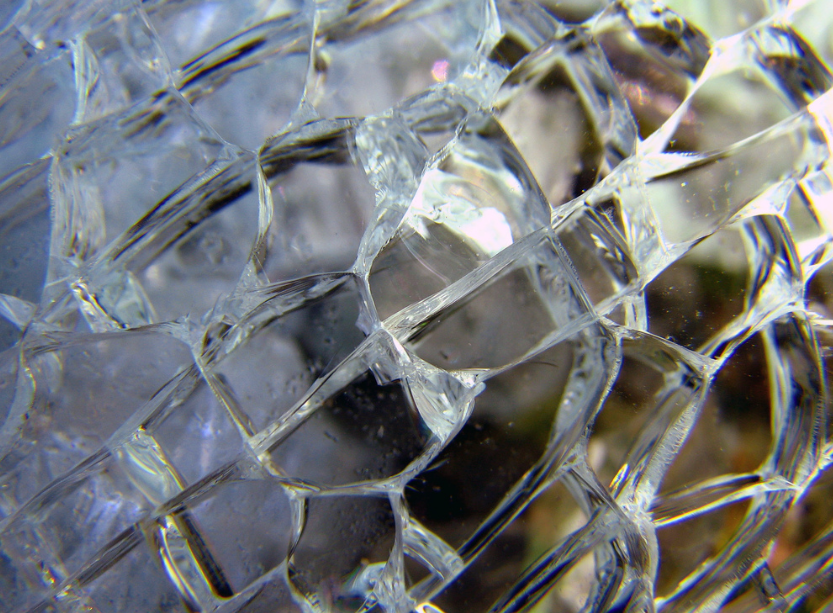
[Image above] Credit: Roo Reynolds; Flickr CC BY-NC 2.0
Graphene gets a lot of positive press thanks to the material’s potential to revolutionize next-generation electronics.
From speakers to microphones to flexible OLEDs, graphene’s single-layer thickness, toughness, and supreme mechanical and thermal properties make the material ideal for developing electronic, optoelectronic, and electromechanical devices and sensors.
But graphene is also a strong partner when it teams up with other materials.
For example, graphene and alumina have been successfully paired to create a strong, wear-resistant ceramic composite.
Graphene and glass have joined forces to create a robust electronic material that researchers say is scalable.
And this conductive graphene coating could help surfaces better shed ice and snow on airplanes, vehicles, power lines, and roadways.
So graphene has a lot going for it—and its list of potential applications just keeps growing.
Adding to that ever-expanding list, researchers from the Center for Multidimensional Carbon Materials (CMCM) at the Institute for Basic Science (IBS) in South Korea say that graphene might even help solve challenges with glass corrosion.
Anyone who works with glass has to deal with the material’s problem with corrosion.
[In fact, the 77th Conference on Glass Problems, organized by the Glass Manufacturing Industry Council and Alfred University, is happening this week in Columbus, Ohio. Read Ceramic Tech Today on Friday to see some of the meeting’s highlights!]
Some types of glass erode over time in the presence of high humidity and pH, which cause glass to lose its transparency and strength. The corrosion of silicate glass by water, for example, is a serious issue for pharmaceutical, environmental, and optical industries, according to an IBS press release.
So researchers continue to look for solutions for how best to coat these glasses and protect them from damage. The goal is to develop a coating that’s thin, transparent, and offers a solid barrier to guard against chemical infiltration. Enter: graphene.
“Graphene with its chemical inertness, thinness, and high transparency makes it very promising as a coating material,” the release explains. “Moreover, owing to its excellent chemical barrier properties it blocks helium atoms from penetrating through it. The use of graphene coating is being explored as a protective layer for other materials requiring resistance to corrosion, oxidation, friction, bacterial infection, electromagnetic radiation, etc.”
To create the coating, the researchers grew graphene on copper and transferred either one or two atom-thick layers of graphene onto both sides of rectangular pieces of glass. Then, through water-immersion testing, the team observed the differences in corrosion between uncoated and coated pieces of glass.
The team found that “after 120 days of immersion in water at 60°C, uncoated glass samples had significantly increased in surface roughness and defects, and reduced in fracture strength,” the release explains. But the single- and double-layer graphene-coated glasses “had essentially no change in both fracture strength and surface roughness.”
“The purpose of the study was to determine whether graphene grown by chemical vapor deposition on copper foils, a now established method, could be transferred onto glass, and protect the glass from corrosion. Our study shows that even one atom-thick layer of graphene does the trick,” Rodney Ruoff, director of the CMCM and professor at the Ulsan National Institute of Science and Technology, says in the release. “In the future, when it is possible to produce larger and yet higher-quality graphene sheets and to optimize the transfer on glass, it seems reasonably likely that graphene coating on glass will be used on an industrial scale.”
The study, published in ACS Nano, is “Graphene coatings as barrier layers to prevent the water-induced corrosion of silicate glass” (DOI: 10.1021/acsnano.6b04363).
Author
Stephanie Liverani
CTT Categories
- Glass
- Manufacturing
- Material Innovations


